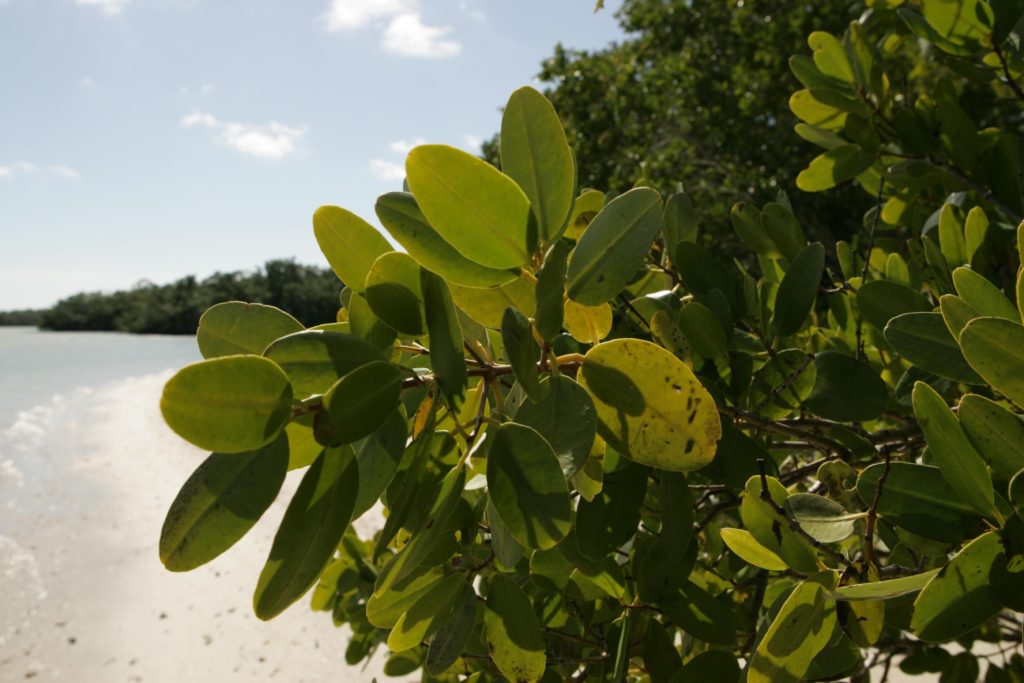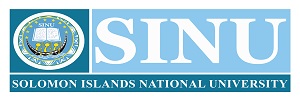
Variation of decomposition rates of mangrove leaves in Marovo, Western Solomon Islands with respect to ambient temperature, humidity and related factors.
Abstract
Research investigating leaf decomposition rates of mangroves in the Solomon Islands have never been studied before. Therefore, decomposition rate of Rhizophora stylosa, Bruguiera gymnorrhiza and Ceriops tagal will be investigated in Marovo Lagoon-Western Solomon Islands. Identifying decomposition rates of mangroves through leaf litter methodology will aid to understand how the amount of energy and organic matter are exported to aquatic ecosystems as well as understand how organic detritus and nutrients enrich coastal seas and support fishery resources. The aim of the study is to investigate the decomposition rates (mass loss) of mangrove species and to determine if there is any influence of environmental parameters on decomposition rates. The objectives of this study is to investigate the decomposition rate of the senescent leaves of the three species at six different sites and plots to 1) determine which mangrove species decompose at a faster rate, 2) identify and compare locations which have different inundation and salinity area and 3) determine physicochemical parameters that affect the decomposition rates of mangroves. Decomposition rates of mangrove leaves will be studied using the litter bag technique and the Olson exponential model will be applied to estimate the decomposition rates. This study is important as it will provide scientific knowledge on the status of mangrove ecosystem in parts of Solomon Islands and the role it plays in the daily livelihood of communities. It will also help in our understanding of the importance of conservation and sustainable management of mangroves through information sharing and awareness programs for the social and economic well-being of people as well as for well-informed policy and decision making.
Investigators
Dr. Prem Rai, Ms. Mary Tahu
